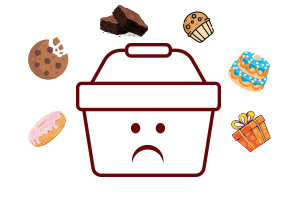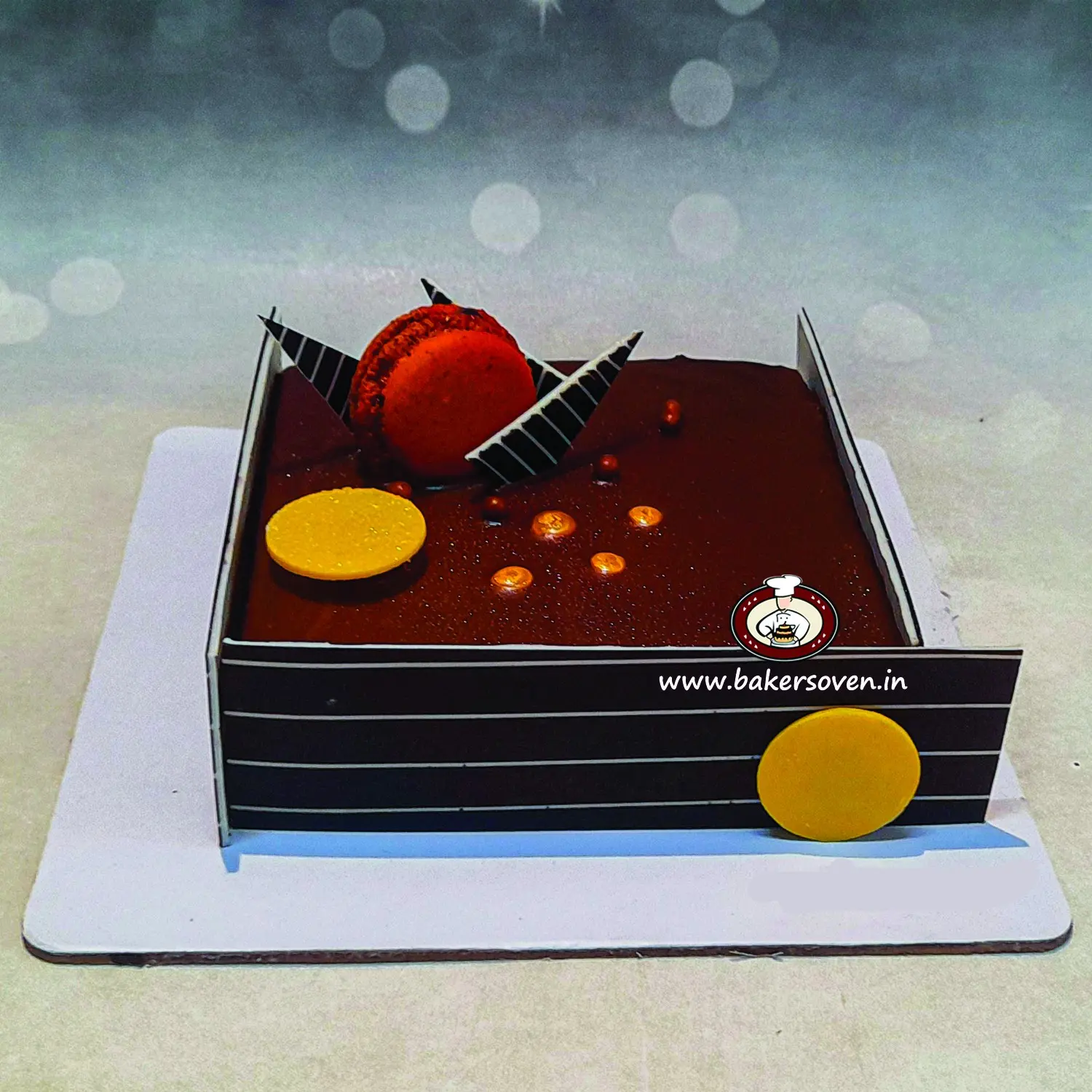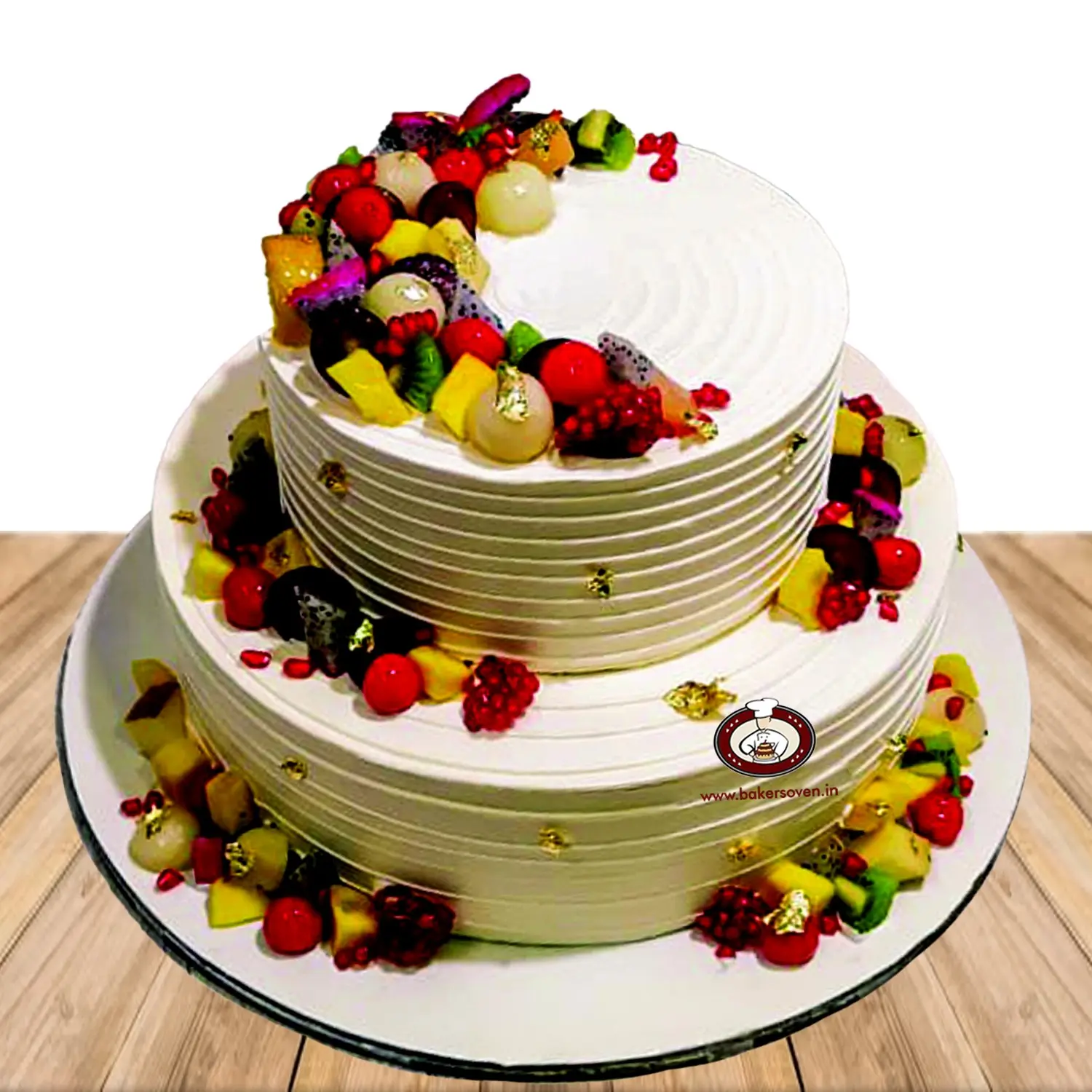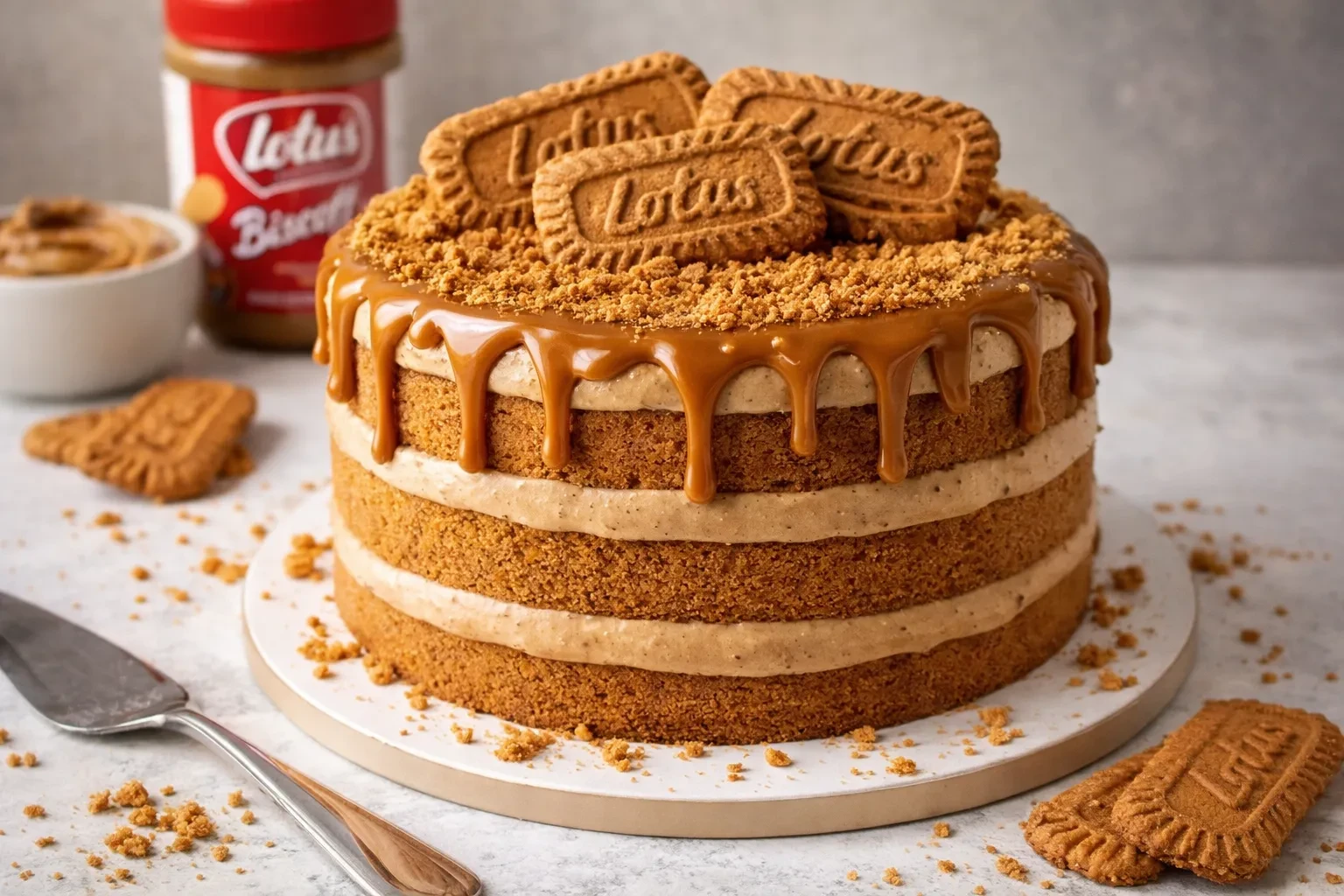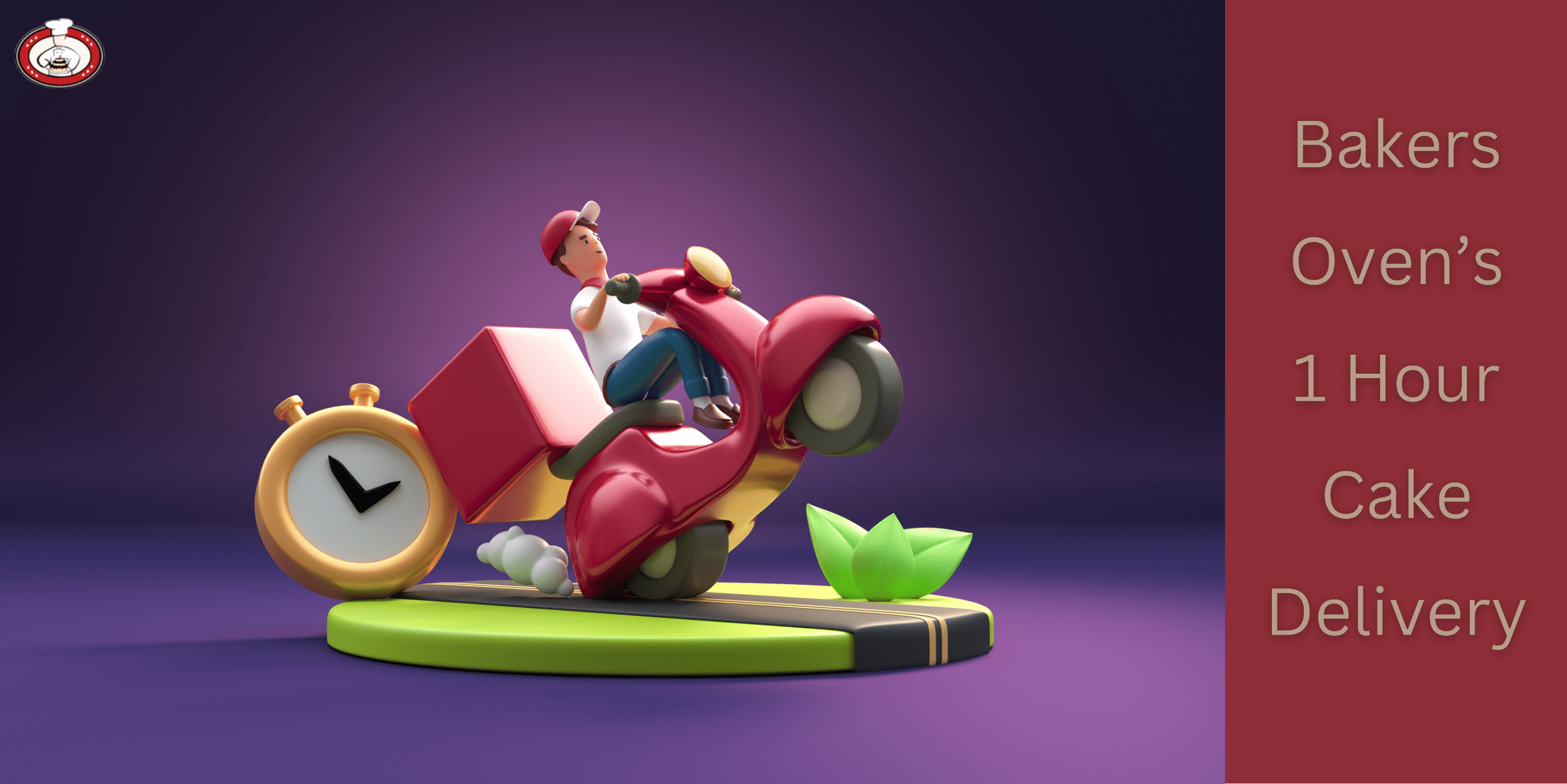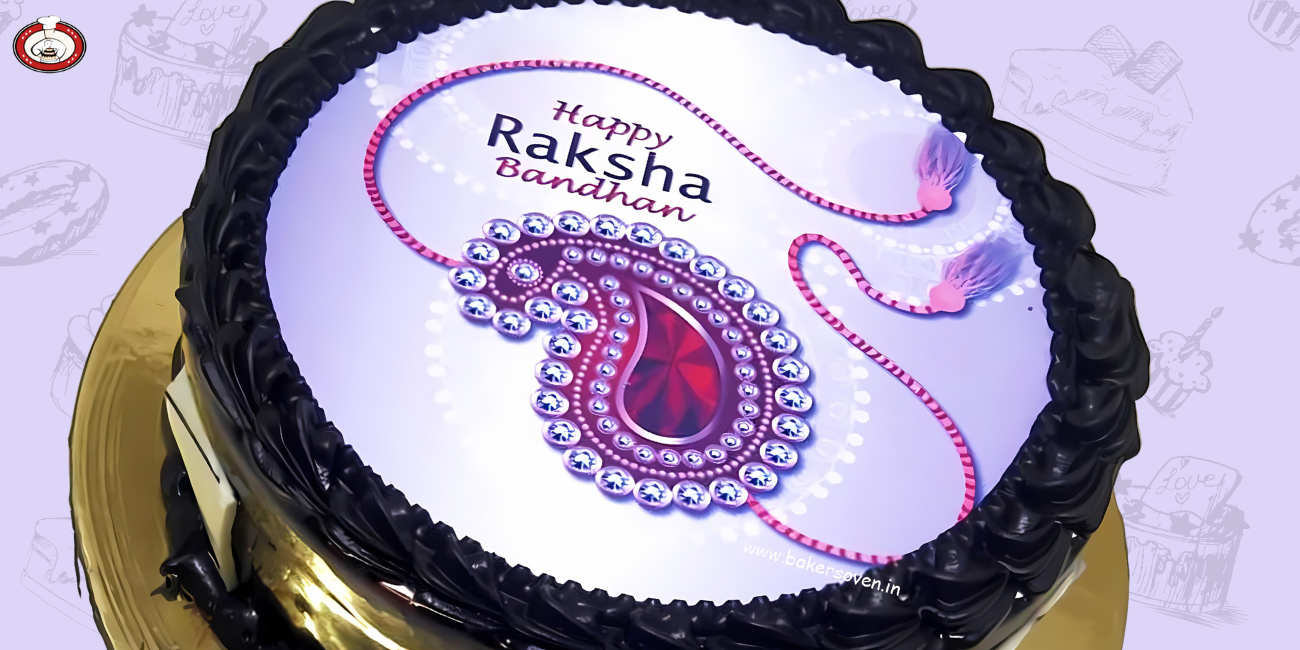The Irresistible Temptation: The Science Behind Our Craving for Cake

Evolutionary Perspective
Our innate craving for sweet and fatty foods, like cake, can be traced back to our evolutionary history. Early humans relied on high-calorie foods to survive and thrive in a world where food sources were unpredictable. Sugary and fatty foods provided quick bursts of energy, essential for hunting, gathering, and storing energy for times of scarcity. While our modern lifestyles have drastically changed, our primal cravings for these energy-dense foods, like cake, remain deeply ingrained.
Neurological Pleasure
When we bite into a delectable piece of cake, our brain lights up like a fireworks display. The brain's reward system, primarily regulated by dopamine, is triggered by the combination of sugar, fat, and other pleasurable components found in cakes. This creates a pleasurable sensation that reinforces our desire to seek out and consume these treats again and again. In a way, our brains have learned to associate cake with a pleasurable experience, encouraging our craving.
Emotional Comfort
Cake is not just a bundle of ingredients; it often carries emotional significance. From birthdays to weddings to celebrations of all kinds, cake is a centerpiece of joyous occasions. As a result, we've developed an emotional connection to cake, associating it with happiness, celebrations, and comfort. When we're feeling down or stressed, a slice of cake can provide a temporary escape and a sense of emotional comfort, intensifying our cravings during challenging times.
Cultural and Social Influences
Our environment plays a pivotal role in shaping our cravings for cake. The omnipresence of cakes in advertisements, social media, and pop culture ensures that we're constantly exposed to images and discussions about these delightful desserts. Additionally, cultural traditions and social norms often revolve around sharing food, especially sweet treats like cake. The act of partaking in these shared experiences can amplify our desire for cake, as it becomes not just a personal craving, but a communal one.
Texture and Flavor Variety
Cakes come in a multitude of textures, flavors, and forms, each catering to different sensory preferences. From rich chocolate ganache to tangy fruit-filled layers, the diverse range of cake options tantalizes our taste buds and keeps our cravings alive. The combination of flavors, aromas, and textures creates a multi-sensory experience that heightens our desire for cake.
Conclusion
The craving for cake is a complex interplay of evolutionary biology, neurological responses, emotional connections, cultural influences, and sensory experiences. While our modern lives may not require the same survival strategies as our ancestors, our deep-rooted desire for cake persists. Understanding the science behind our cake cravings can provide insight into the intricate ways our bodies and minds respond to the pleasures of food. So, the next time you find yourself yearning for a slice of cake, remember that it's not just your taste buds at play—it's a symphony of factors that contribute to this irresistible temptation.
At Baker's Oven (www.bakersoven.in), we celebrate this timeless craving with creations that are not only a feast for the senses but also a tribute to the art of baking. Our commitment to quality, creativity, and the sheer joy of savoring something extraordinary sets us apart. With every bite, you're not just experiencing the harmonious symphony of taste and desire, you're indulging in a slice of the passion and expertise that Baker's Oven pours into each masterpiece.

